Wishing all friends and readers of my blog a wonderful Easter weekend! The crocus in our front yard had to withstand some cold nights in the last few days, but today it felt much like spring. Time for a photo before they are gone… 😊
FROSTY PATTERN
This photo is a week old and there was no way to make something similar during the last few days. It is very warm here in Iowa for this time of the year (61ºF / 16ºC) and there isn’t even frost early in the morning.
The reeds down at the Mississippi lie flat from the snow we had in November and the hoarfrost and dappled light created the pattern I tried to capture.
NATURE CLICKS #294 - MONARCH
To be honest, I postponed writing a blog post about the Monarch butterfly for quite some time, hoping to get still more and better shots of it as the summer season progressed. I hope it was a good year for this species, at least I have seen a lot more of them than during the last 3 - 4 years. Millions of Monarchs from central and eastern North America migrate to the mountain forests of central Mexico each year to spend the winter there. If you use the internet you will find out why the Monarch butterfly is a candidate to be on the list of endangered species. It is a very complex thread, ranging from extensive logging operations in Mexico to the consequences of climate change, especially global warming. It is, as so often, not just one man-made event but the summary of several factors that have lead to a dramatic decline in the last years
Every website that talks about solutions to stop the decline recommends to plant and care for Milkweed (see the second image). This is the plant the Monarch caterpillars depend on. Hey friends here in North America, let this plant grow in your front and backyard!! Who needs “golf-course-look-alike” grass patches around the house? Only your ego! Your kids and grandkids will never ask in 2035, how did your grass look twenty years ago? It is a sad question if they will ask you, have you ever seen a Monarch butterfly?...!!!
MISSISSIPPI RIVER STORIES 2015 #7
Yesterday evening Joan was finally able to join Cooper and me for a paddle tour on the Mississippi River and the backwaters of the adjacent Mud Lake area. There is not a single day or night as the one before and I really don’t get tired paddling the same area and looking for the light, wildlife , or what else nature presents.
A juvenile Red-winged Blackbird is not the most attractive bird in the world but if “killer light” hits the little guy between the reeds of the backwaters I can’t resist to make the click. Wildlife photography with natural light as pure as it gets...
I have met the guy on the left before in the Mud Lake area. I believe he runs a business that provides stand up board paddling during the summer. Well, I don’t think it is the worst job in the world… 😊
MISSISSIPPI RIVER STORIES 2015 #6
It has been a while since I have posted under the headline of “RIVER STORIES”, but hey, here is another one…
While leaving the marina at Mud Lake Park with the kayak again this evening, and just after I turned into the main channel of the big river, I saw one of the Bald Eagle adults that call this area home. You can’t have a better start, despite the gray overcast...
The water lilies are in full bloom at the moment and other flowers grow in abundance along the levies and islands in the Mississippi.
No Foster’s Terns today but these adult and juvenile Ring-billed Gulls posed nicely for a shot.
All images: Nikon D750, Sigma 50-500mm / f4.5-6.3 APO DG HSM
This flower is called Marsh Mallow (hibiscus militaris). They can grow up to 7 feet tall. I have never seen them before, although we paddled this area many times during the last few years.
GOING FOR THE GRAPHIC
We move rapidly into the second half of summer and many plants and wildflowers loose already their lush color and started drying up. I wanted to make a photo of this fern since quite some time because its shape and pattern fascinates me. It has a bold graphic and I like to see it on my office wall. I had a first try a few days ago already but didn’t like my results. But today I realized I was almost running out of time because many of the ferns down in the Little Maquoketa Valley started loosing shape.
The Carl Zeiss Distagon T*, 35 mm, f/2 ZF with its manual focus is a great lens for this kind of photo. Closing it down to f/16 gave me enough depth of field for all leaves being in focus, even the ones in the second and third layer behind the front. Exposure time dropped to 1/13 s and therefore it was important not having any wind. I shoot more than 99% of my photos by using the viewfinder for composition and focus. Because the camera was low on the tripod and with only manual focus it made sense to use the screen in the back of the D750 instead of the viewfinder. It’s hard to break old habits but I actually liked it this way. It allowed me to keep my eye glasses on the whole time (I usually take them off while shooting through the viewfinder). This would not work with a moving critter and most of my wildlife photography but I start reconsidering how I may photograph landscapes in the future. I believe it makes me more thinking about composition, about what is in the frame and what is not…
MAYFLY DOCUMENTARY
Joan and I paddled the Mississippi River today with our kayaks. We went over to the Wisconsin side and enjoyed a great afternoon in the backwaters, away from the main channel, where it is usually a little noisier on a Sunday like this.
Before we launched the boats at Mc Cartney Lake Access we checked out the public boat landing in Potosi, WI and this is where today’s pictures were taken. Remember my post from June 26th? Yes, these are the same Mayflies, just “a few” more as you can see. Some people call them fishflies but they all enjoyed the last short stage of their lives. The air had a fishy smell because of the millions already dead, covering the ground like a carpet. The Mayflies are harmless but they hang on to everything they can find. Well, nothing for the photo connoisseurs among you today, but it is an important nature event here in the Mississippi Valley that deserves to be documented.
SPRING AT ITS BEST
Spring doesn’t get any better than it was last Sunday here in eastern Iowa. It was the weekend when many summer residents, like the Ruby-throated Hummingbirds, Baltimore Orioles, and Rose-breasted Grosbeaks, finally arrived after their long migration journey. We still see wildflowers in the timber and many trees show their blossoms. The last two days were gray and rainy again and this makes us appreciate a Sunday as the last one even more...
WILDFLOWER SLIDE SHOW



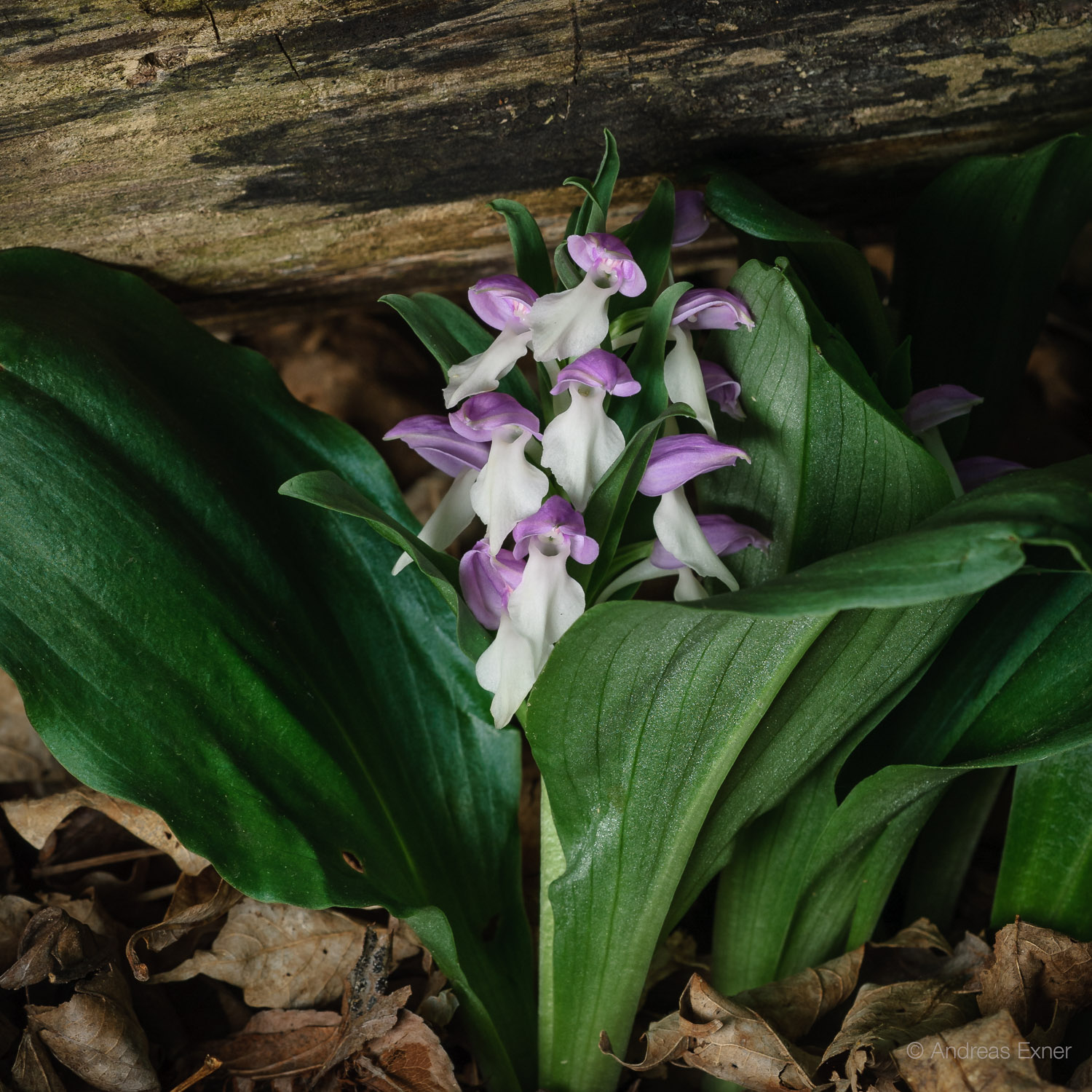
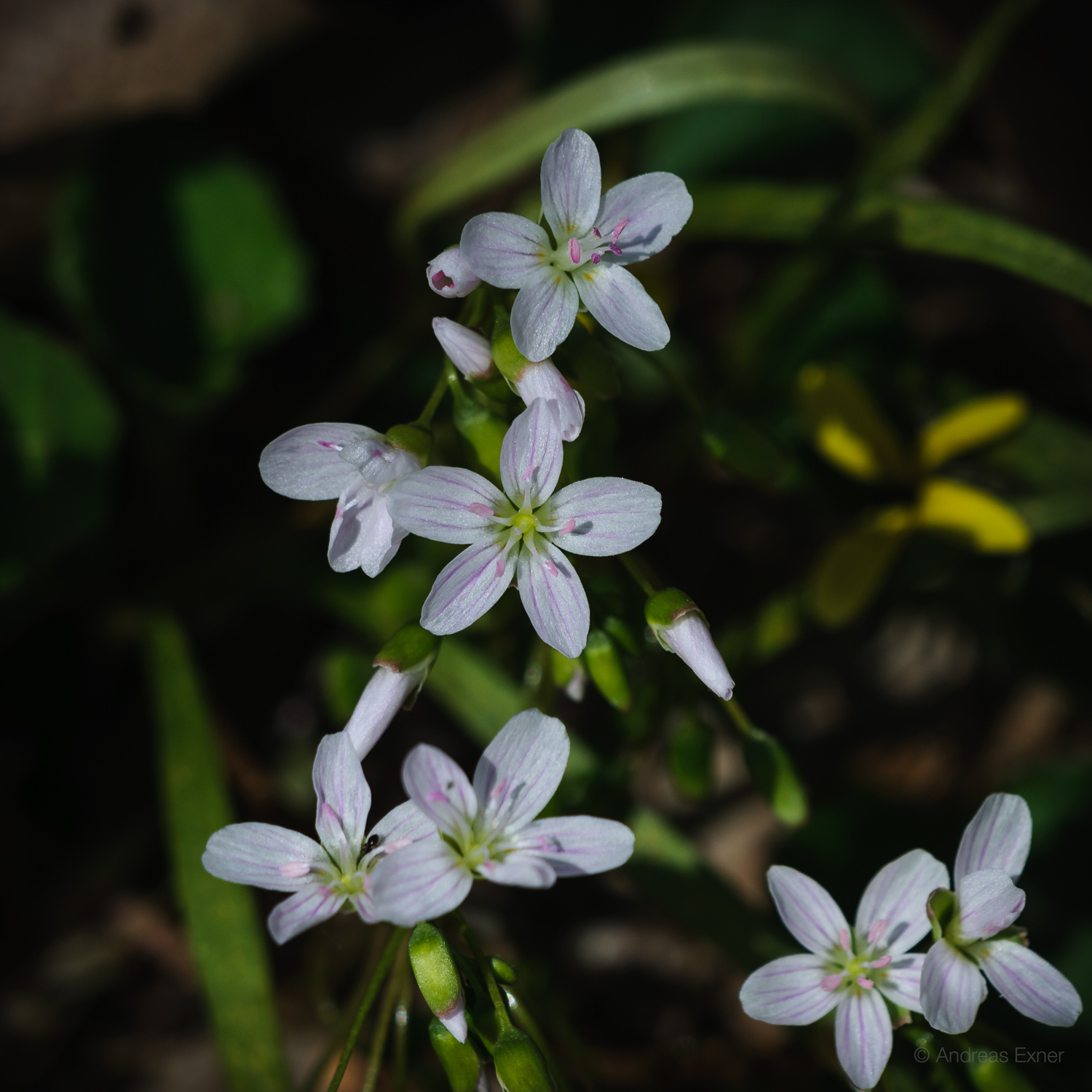
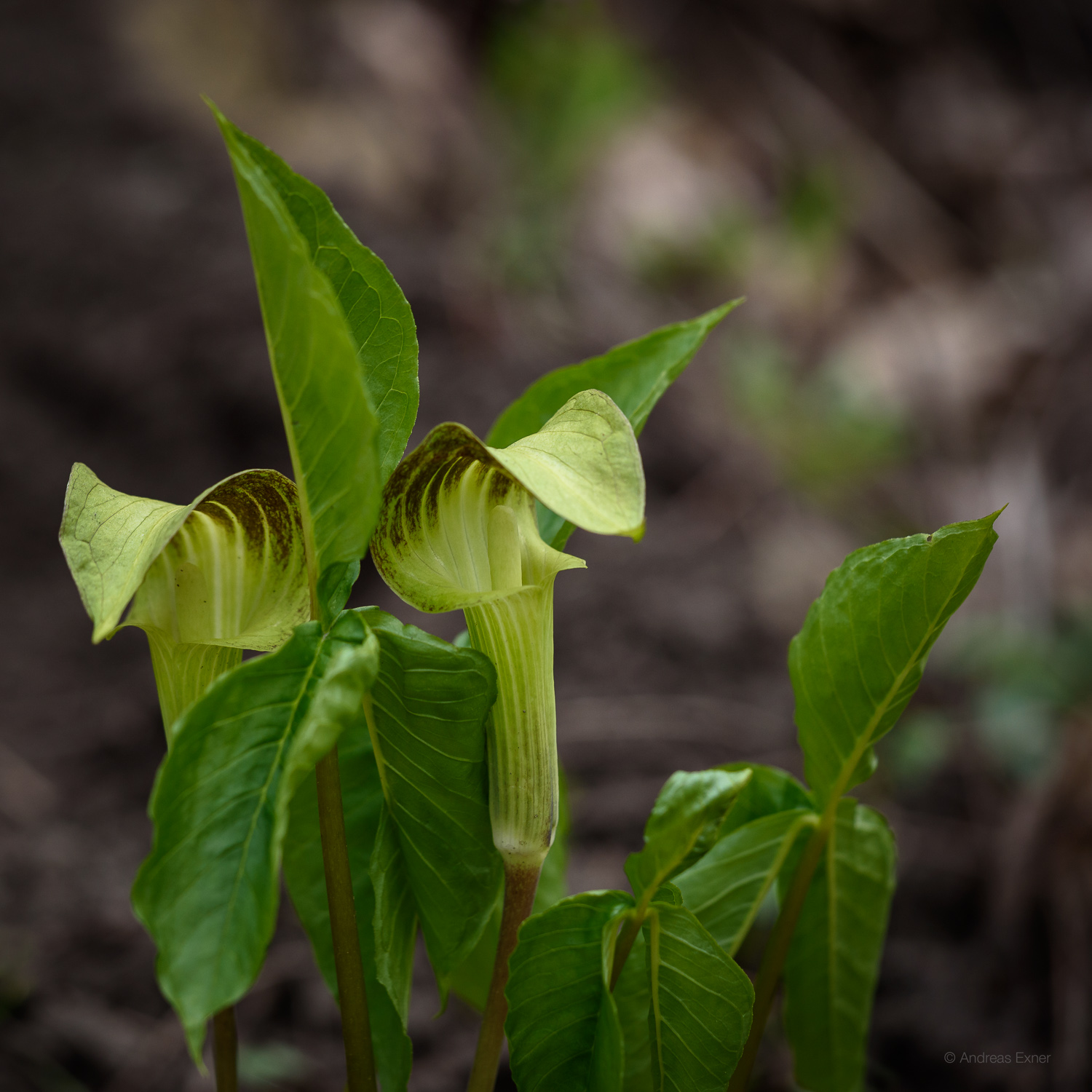

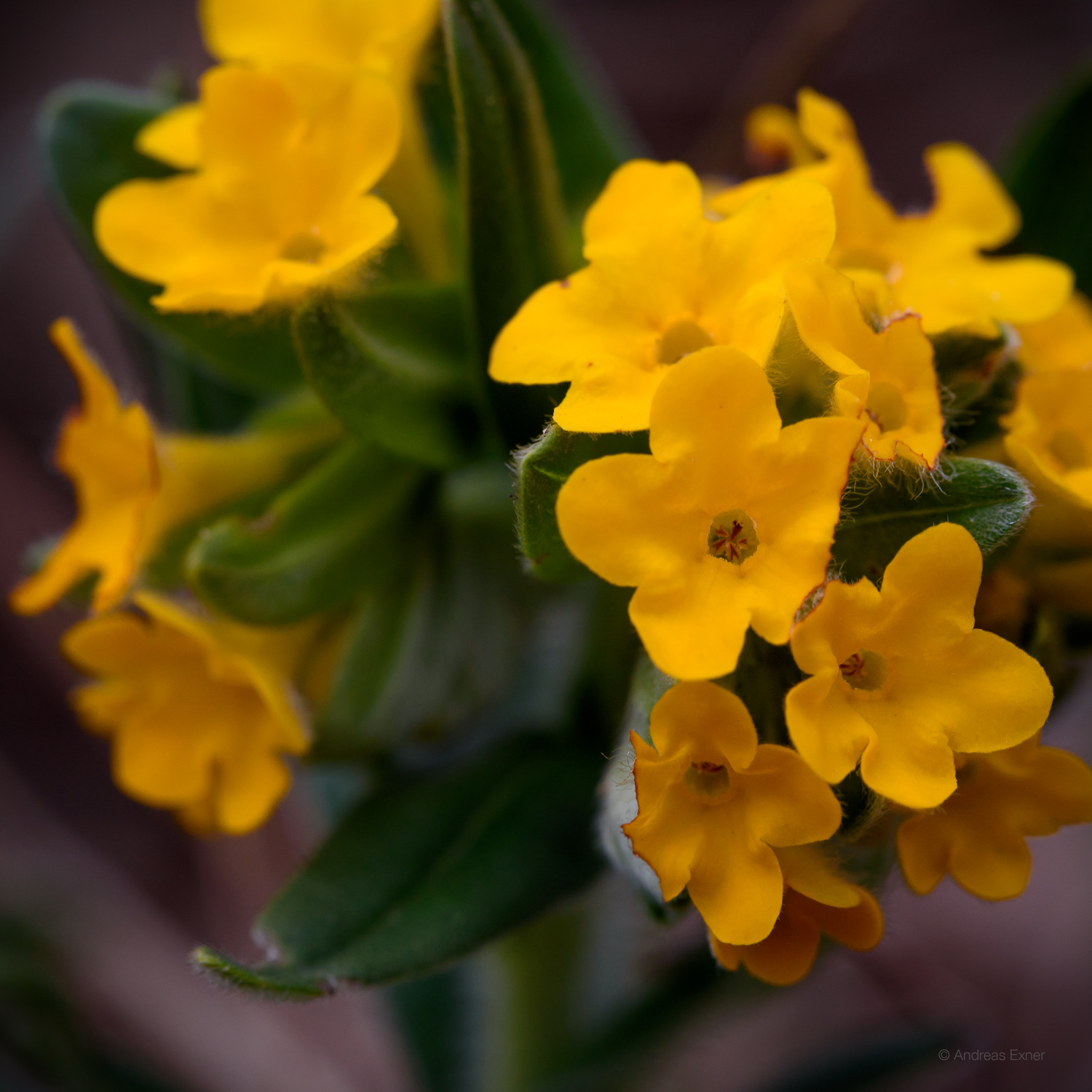
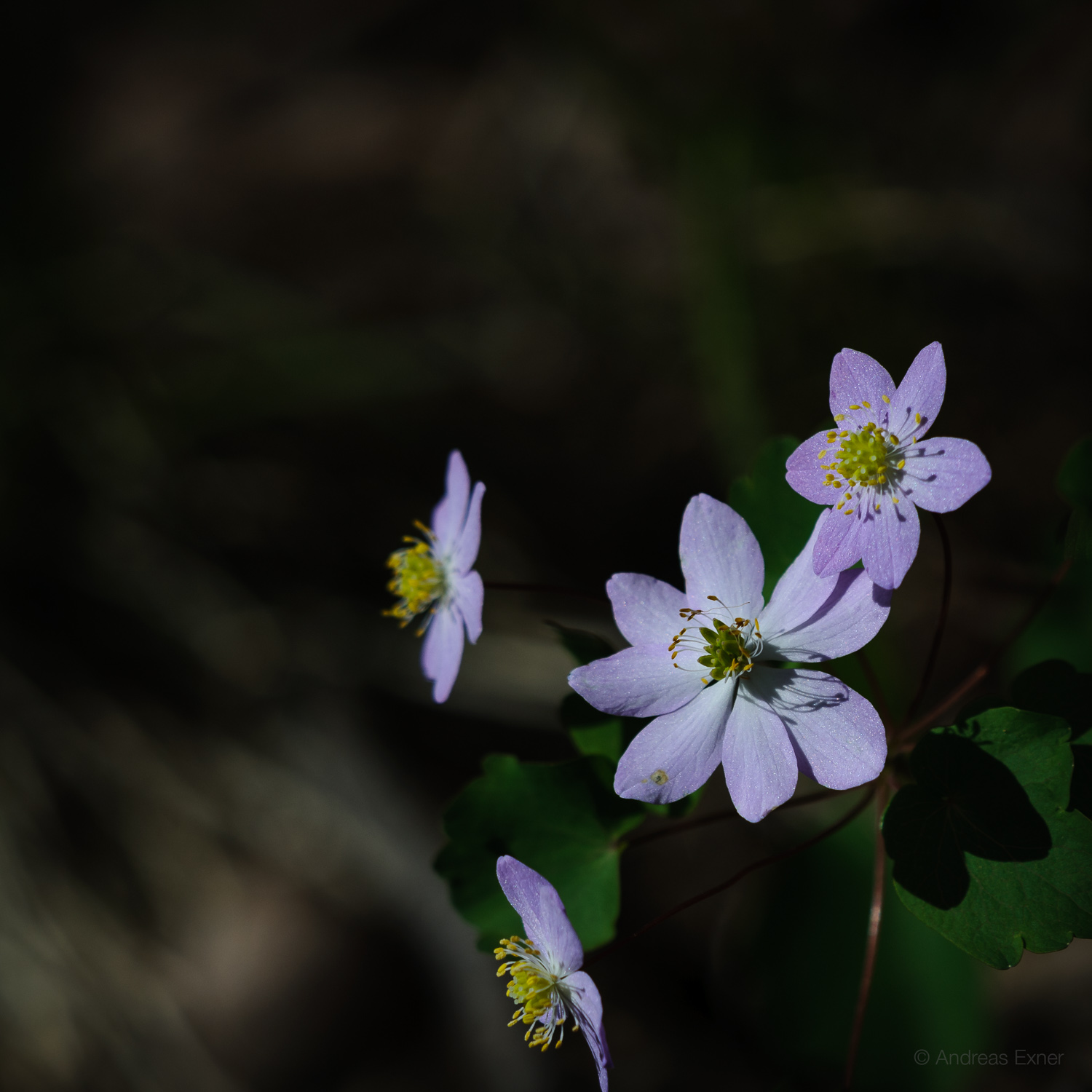

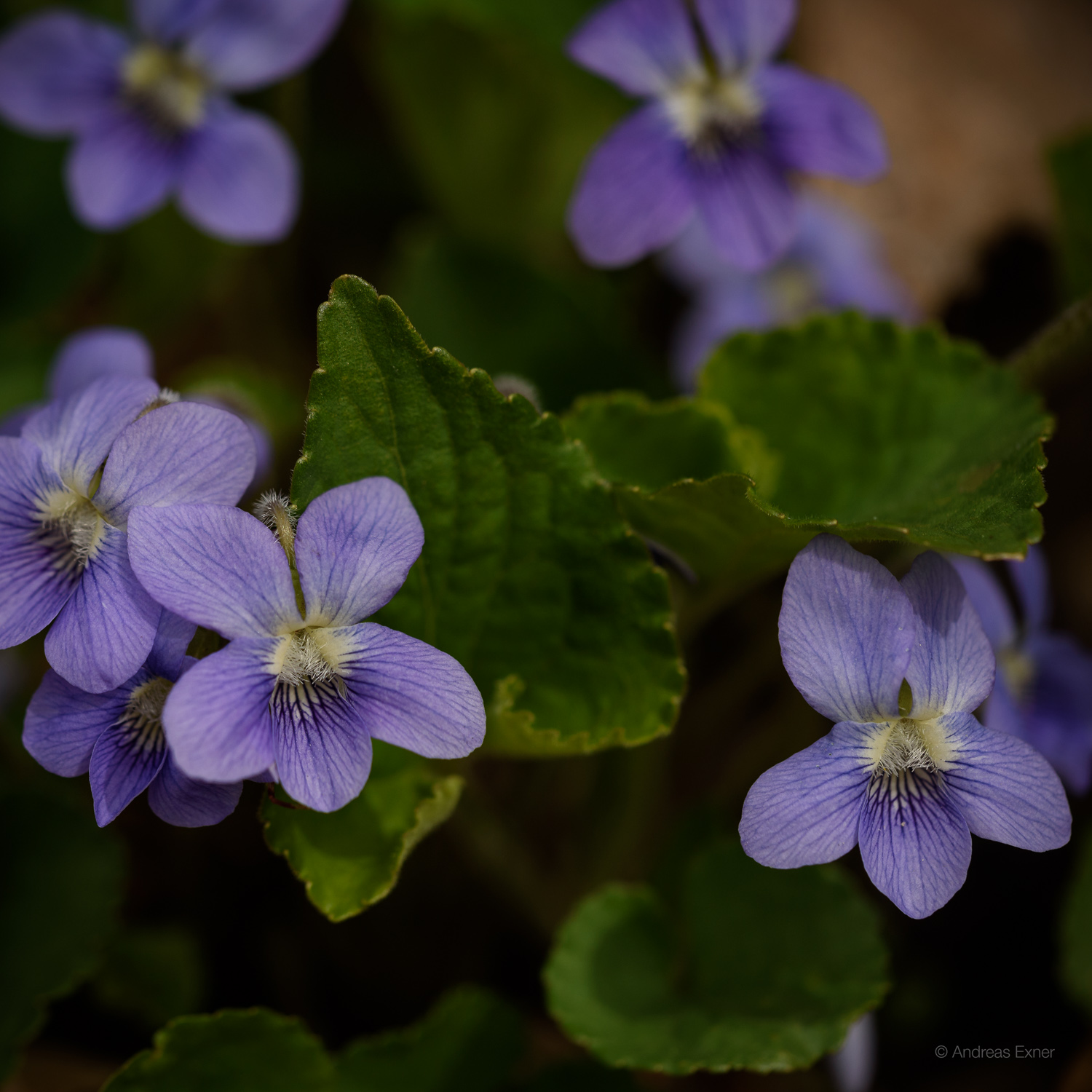


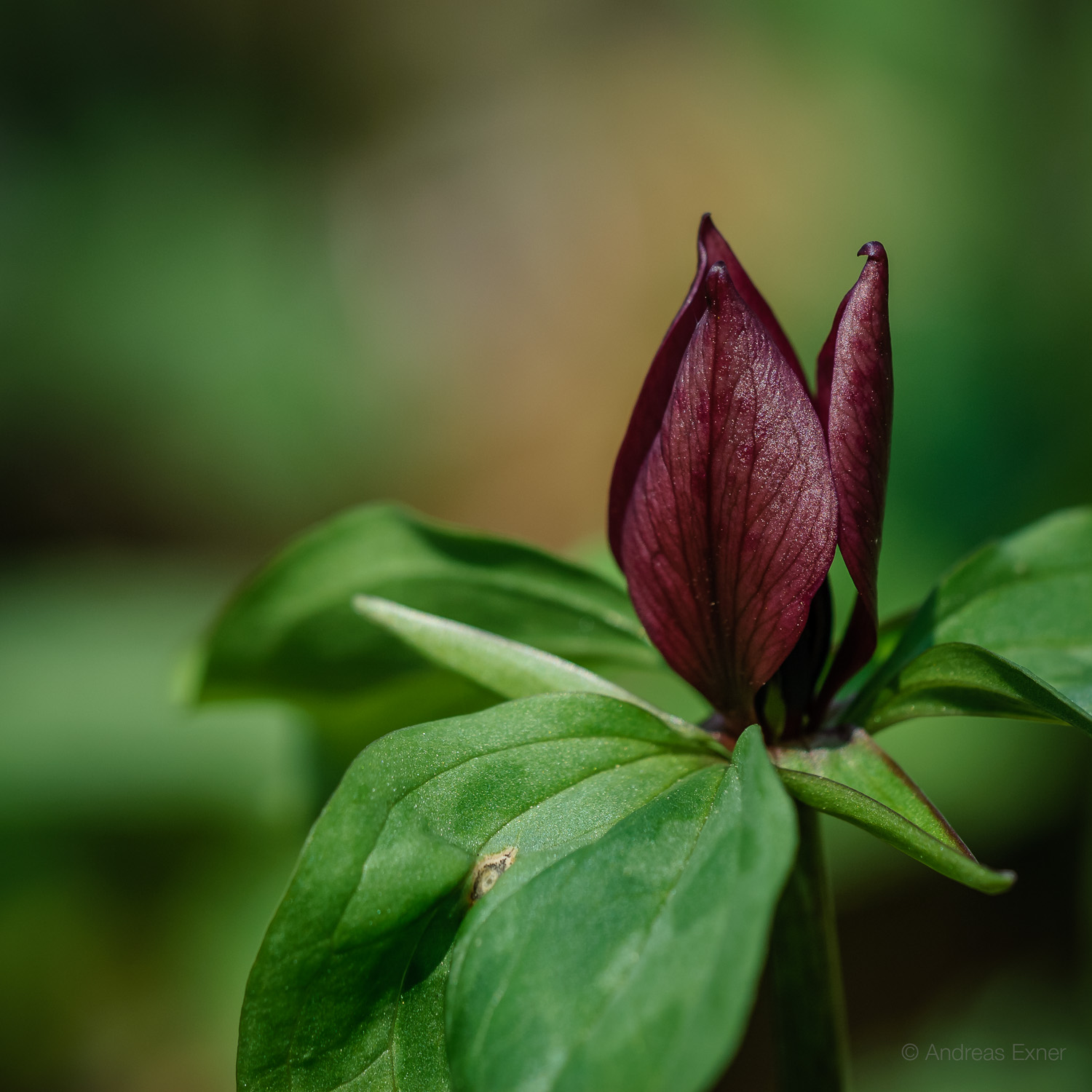
Today we went to Pohlman’s Prairie, a so called goat prairie on top of the bluffs above the Little Maquoketa Valley. This is only a mile away from our home. The trail leads first into a wooded side valley before it enters the small prairie area. Both, the valley and the grassy prairie area are home for many wildflowers, grasses and plants. Some of them we can find here on our own bluffs but others were new to us.
I thought I put a little slide show together with some photos of the wildflowers that we found today or at other locations along the Mississippi River. Some species. like Bloodroot or Hepatica are done blooming already but I have included them too. I hope you enjoy!
